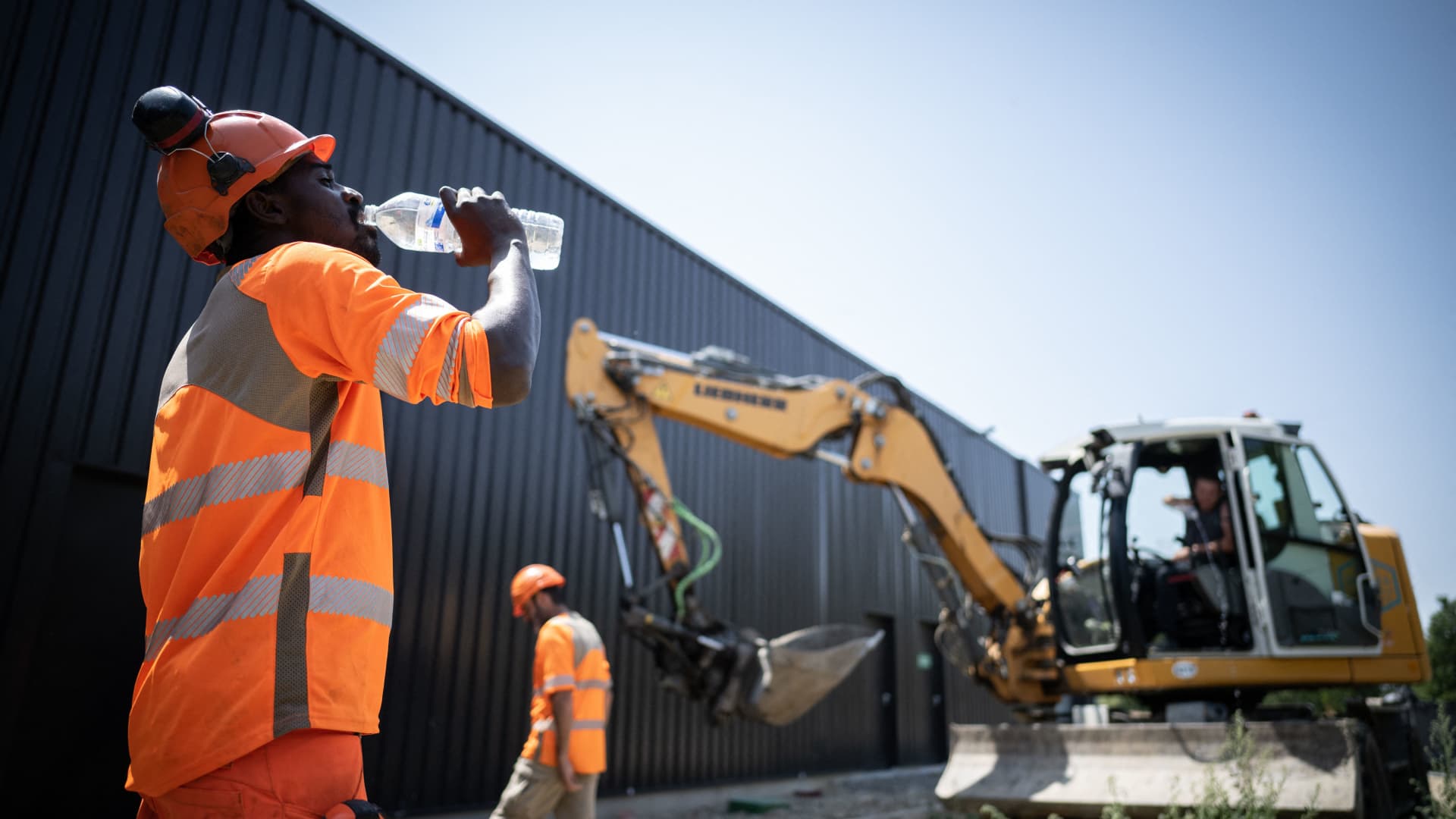Europe experienced severe heat waves during the summer of 2022, resulting in wildfires, droughts, and fatalities. These events reiterated the fact that extreme weather conditions can have devastating real-world effects. The UK’s Met Office predicts that by 2070, summers in the country will be 1 to 6 degrees Celsius hotter and up to 60% drier, with global heat waves linked to climate change expected to increase. In May 2023, the World Meteorological Organization stated with 98% certainty that at least one of the next five years and the entire five-year period will be the hottest on record.
The implications of a warmer planet are extensive and will impact billions of people, including the world of work. A recent report from the Institution of Mechanical Engineers (IMechE) outlined how rising temperatures could affect employees. The report emphasized the importance of thermal comfort in the workplace, as failure to achieve it can lead to reduced morale, productivity, and safety. Warmer working environments may result in various challenges, such as fatigue, decreased cognitive function, increased potential for accidents, and productivity losses in equipment, facilities, and buildings.
Sectors such as construction and agriculture are expected to be most affected by rising temperatures, accounting for the majority of working hours lost to heat stress in 2030. Heat stress refers to excess heat that exceeds the body’s tolerance level, causing physiological impairment. Furthermore, workers in outdoor industries like oil refineries, gas plants, and chemical works face significant risks due to heavy and hot personal protective equipment. Factories are also a concern, as they were not designed to handle extreme heat and struggle to passively cool themselves. Although air conditioning is common in offices, many buildings, particularly in countries with temperate climates like the UK, lack proper cooling systems.
Addressing these challenges requires changes in the design of buildings, infrastructure, and physical assets, as well as adjustments to work activities and educational practices. The IMechE urged an update to guidance related to heat impacts on the workforce, enabling companies to implement necessary changes. Some countries, like Spain, have already implemented bans on working in extreme temperatures, particularly during red or orange weather alerts. Trade unions are also advocating for worker safety in extreme conditions through measures like adequate ventilation, provisions for workers under direct sunlight, and halting work during extreme weather.
In the face of hotter weather, it is crucial to prioritize safe and comfortable working environments and develop alternative cooling methods that are environmentally sustainable. Raising awareness and preparing industries and workforces for the challenges ahead are vital. Additionally, investing in research and development and updating engineering methodologies will help mitigate the economic impacts of extreme heat waves and rising seasonal temperatures in the future. Without action, the economic consequences will continue to escalate in the coming years and decades.

